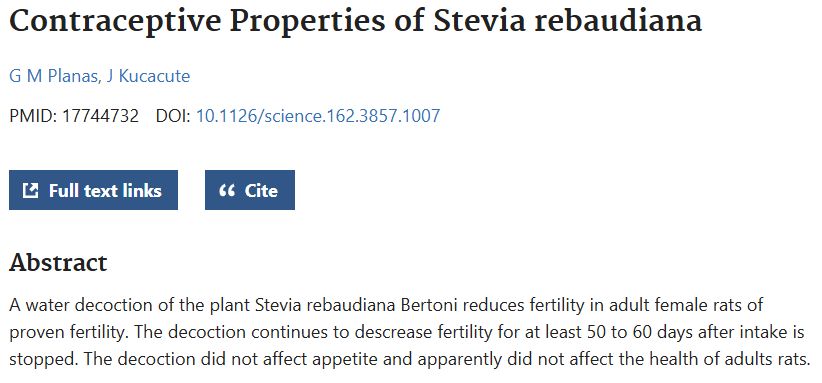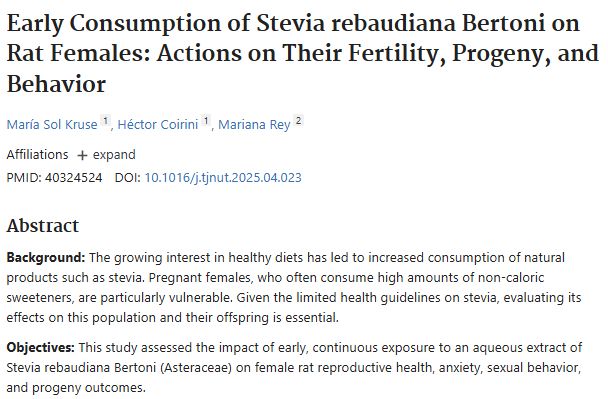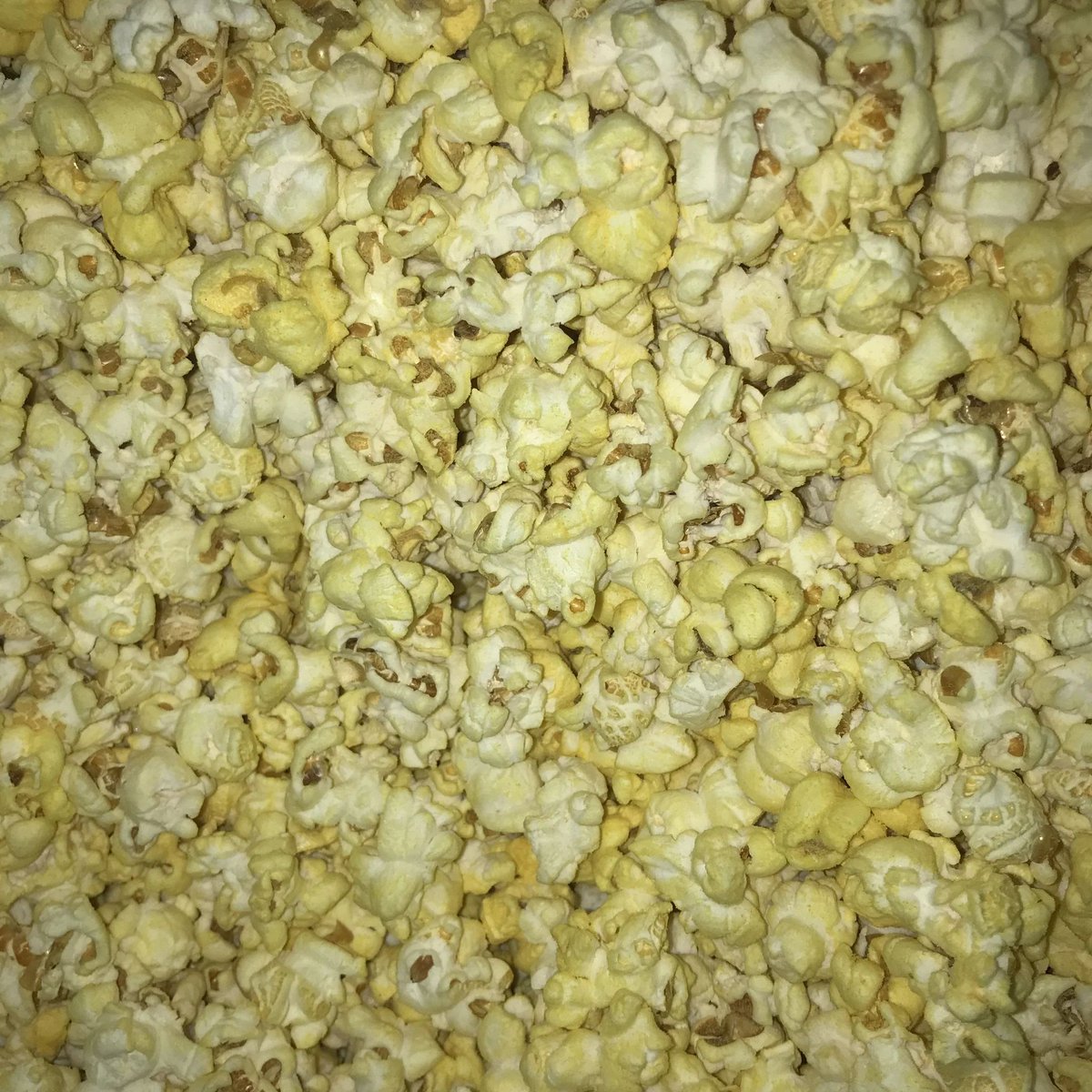Everything you need to know about Beef Tallow, the healthiest cooking fat you can get your hands on:
🧵THREAD🧵
🧵THREAD🧵

If you are reading this, you are probably aware of how toxic Seed oils are for your metabolic health.
They are a staple of the Standard American Diet and have been instrumental in decimating the health of our population.
They are a staple of the Standard American Diet and have been instrumental in decimating the health of our population.

Since introducing these oils in the 1950s, we have seen a sharp increase in chronic disease & obesity.
Currently, 7 of the 10 leading causes of death in the US are caused by Chronic Diseases.
100 years ago, these diseases were virtually nonexistent.
Currently, 7 of the 10 leading causes of death in the US are caused by Chronic Diseases.
100 years ago, these diseases were virtually nonexistent.

Sourcing high quality cooking fat has never been more important for your health.
There are a few main cooking fats & oils that can be used as your fat of choice:
- Ghee
- Grass-Fed Butter
- Olive Oil
- Avocado Oil
.... And Tallow.
There are a few main cooking fats & oils that can be used as your fat of choice:
- Ghee
- Grass-Fed Butter
- Olive Oil
- Avocado Oil
.... And Tallow.

This thread will walk you through a few of the main benefits of cooking with tallow and why I view it as the most important cooking fat you can implement to improve your metabolic health.
First off, Tallow is rendered fat (Suet), typically from the organs of the animal. The rendered fat is slowly cooked over low heat until it becomes a liquid.
heygrillhey.com/beef-tallow/
heygrillhey.com/beef-tallow/
There are three primary forms of Tallow for consumption:
1. Beef Tallow
2. Bison Tallow
3. Pork Tallow (Lard)
All three are potent in their own way.
Prior to the demonization of Saturated Fat in the early 20th century, Tallow was the primary cooking fat used in households.
1. Beef Tallow
2. Bison Tallow
3. Pork Tallow (Lard)
All three are potent in their own way.
Prior to the demonization of Saturated Fat in the early 20th century, Tallow was the primary cooking fat used in households.

There are 7 main benefits we will cover in this thread:
1. Nutrient Density
2. Fat Soluble Vitamins
3. Aides in Ketosis
4. Free of Allergens
5. Dairy-Free
6. High Smoke Point
7. Nose-To-Tail
BONUS: How to source your tallow.
1. Nutrient Density
2. Fat Soluble Vitamins
3. Aides in Ketosis
4. Free of Allergens
5. Dairy-Free
6. High Smoke Point
7. Nose-To-Tail
BONUS: How to source your tallow.

1/ Nutrient Density
Tallow packs a serious nutrient & caloric punch.
A single serving of Tallow gives you 115 cal and 13g of Fat.
This is ideal for anyone supporting a low-carb diet or nose-to-tail carnivore diet.
Your body & brain will thrive off of this fat for fuel.
Tallow packs a serious nutrient & caloric punch.
A single serving of Tallow gives you 115 cal and 13g of Fat.
This is ideal for anyone supporting a low-carb diet or nose-to-tail carnivore diet.
Your body & brain will thrive off of this fat for fuel.

2/ Fat Soluble Vitamins
Tallow is a great source of the 4 Fat Soluble Vitamins, which all have notable benefits.
Vitamin A - Vision, Skin, Immune System
Vitamin D -Bone Development
Vitamin E - Protects against heart disease & cancers
Vitamin K - Bone & Tissue Development
Tallow is a great source of the 4 Fat Soluble Vitamins, which all have notable benefits.
Vitamin A - Vision, Skin, Immune System
Vitamin D -Bone Development
Vitamin E - Protects against heart disease & cancers
Vitamin K - Bone & Tissue Development

3/ Aides in Ketosis
Tallow stimulates your body to release the hormone Glucagon. This signals to your body that it is time to burn your stored fat for fuel.
Ketosis occurs when your Glucagon is high and insulin is low.
@marksisson Talks about burning stored fat often.
Tallow stimulates your body to release the hormone Glucagon. This signals to your body that it is time to burn your stored fat for fuel.
Ketosis occurs when your Glucagon is high and insulin is low.
@marksisson Talks about burning stored fat often.

4/ Free of Allergens
Almost all seed oils are made from GMO sources that can trigger allergic reactions & inflammation.
The rendered fat of tallow is a fantastic alternative that will allow you to remove these toxins from your body.
Almost all seed oils are made from GMO sources that can trigger allergic reactions & inflammation.
The rendered fat of tallow is a fantastic alternative that will allow you to remove these toxins from your body.
5/ Dairy-Free
Because Tallow is made from the rendered fat of the animal, there is no dairy content (unlike butter or ghee). This will allow it to sit more comfortably in your GI.
For anyone that has a sensitivity to dairy, Tallow could be a great option for you.
Because Tallow is made from the rendered fat of the animal, there is no dairy content (unlike butter or ghee). This will allow it to sit more comfortably in your GI.
For anyone that has a sensitivity to dairy, Tallow could be a great option for you.
6/ High Smoke Point
Tallow has a phenomenal smoke point of 350 - 400 degrees.
Notice how when you try and cook a steak at high heat with olive oil or butter the liquid burns and turns black? That is because the smoke point on the oil & fat is low.
Tallow has a phenomenal smoke point of 350 - 400 degrees.
Notice how when you try and cook a steak at high heat with olive oil or butter the liquid burns and turns black? That is because the smoke point on the oil & fat is low.
Tallow's high smoke point allows you to get a fantastic sear & crust on your meat without the burning of other oils.
PRO TIP: Let your pan get nice and hot before you put the tallow in. When you place your steak in the pan, you should hear an audible sizzle to develop the crust.
PRO TIP: Let your pan get nice and hot before you put the tallow in. When you place your steak in the pan, you should hear an audible sizzle to develop the crust.

7/ Nose-to-Tail
By consuming tallow, you are using the entire animal and making sure none of it goes to waste.
Our ancestors were known for making entire use of the animal, which included cooking with rendered fat.
By consuming tallow, you are using the entire animal and making sure none of it goes to waste.
Our ancestors were known for making entire use of the animal, which included cooking with rendered fat.

TIP: Opt for a Local Tallow Source
I highly recommend buying Tallow from a trusted source like a local farm or preparing this yourself.
if you are buying from a store, the product is almost definitely hydrogenated.
This allows for extended shelf-life but it is not natural.
I highly recommend buying Tallow from a trusted source like a local farm or preparing this yourself.
if you are buying from a store, the product is almost definitely hydrogenated.
This allows for extended shelf-life but it is not natural.
TIP: Opt for Grass-Fed Tallow
Studies have shown that Grass-Fed tallow has 45% less PUFA and 66% Omega-6 Fatty Acid than Grain-Fed tallow.
PUFAs and Omega-6s are shown to trigger inflammation and damage mitochondrial health.
Studies have shown that Grass-Fed tallow has 45% less PUFA and 66% Omega-6 Fatty Acid than Grain-Fed tallow.
PUFAs and Omega-6s are shown to trigger inflammation and damage mitochondrial health.
If you are unable to source directly from a local farm, brands like
@EPICbar and @Fatworks have very high-quality products that you can order directly from Amazon.
@EPICbar and @Fatworks have very high-quality products that you can order directly from Amazon.
Our app, @SeedOilScout, will allow you to find all local restaurants that are cooking with healthy fats such as tallow, lard, ghee, butter, etc.
You will be able to dine fearlessly and ensure that you are getting real foods prepared properly:
seedoilscout.com
You will be able to dine fearlessly and ensure that you are getting real foods prepared properly:
seedoilscout.com
To summarize, make sure that you make sourcing your fats an utmost priority.
Tallow is a potent form of saturated fat with numerous health benefits.
It will help you get a delicious crust on your steak, fill you with energy & nutrients, and support nose-to-tail eating.
Tallow is a potent form of saturated fat with numerous health benefits.
It will help you get a delicious crust on your steak, fill you with energy & nutrients, and support nose-to-tail eating.
• • •
Missing some Tweet in this thread? You can try to
force a refresh




















